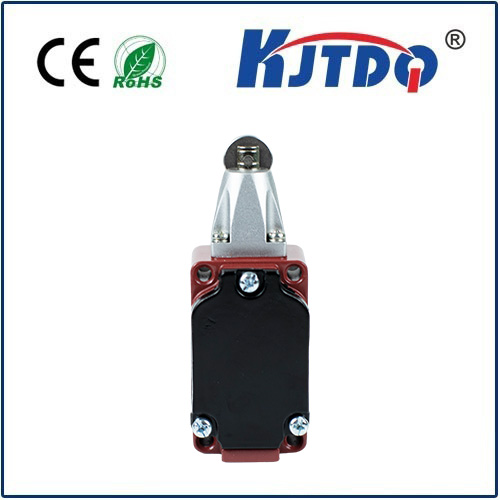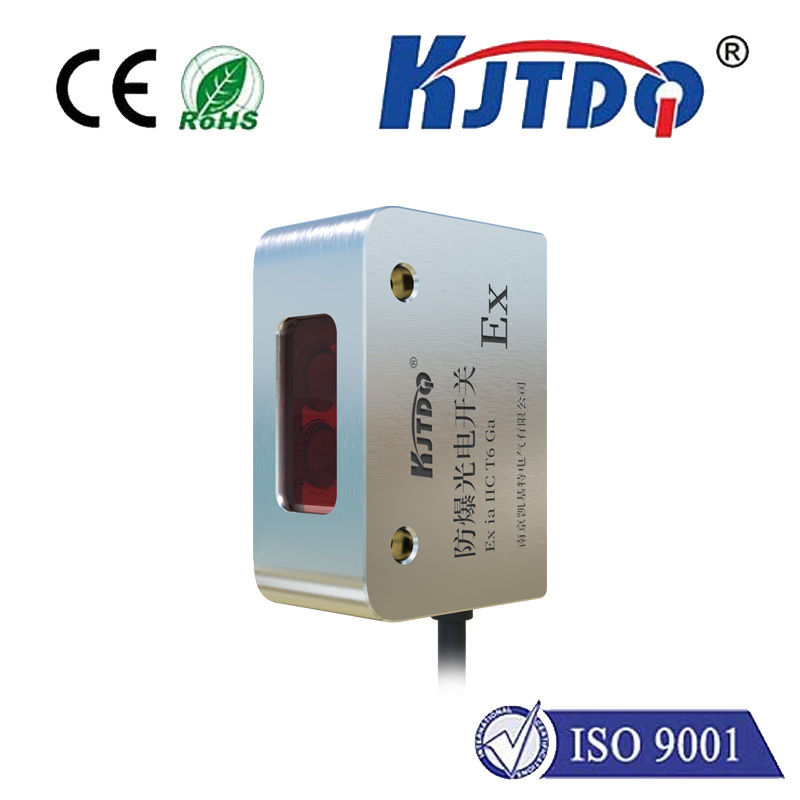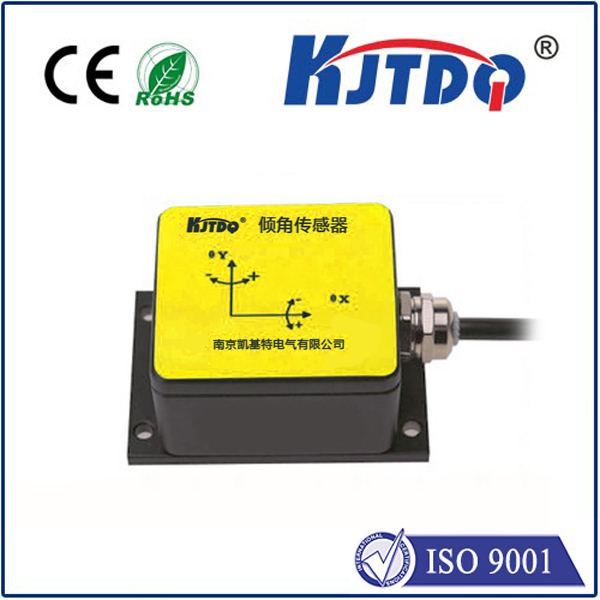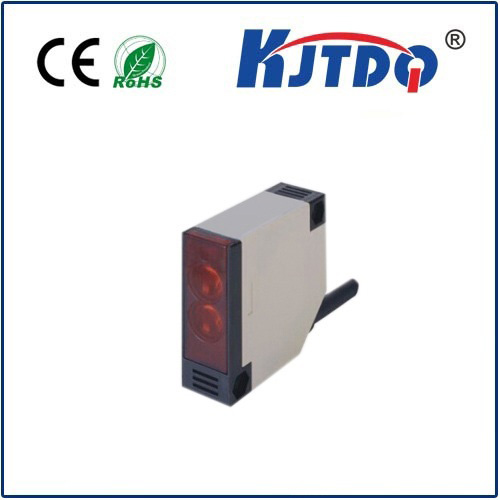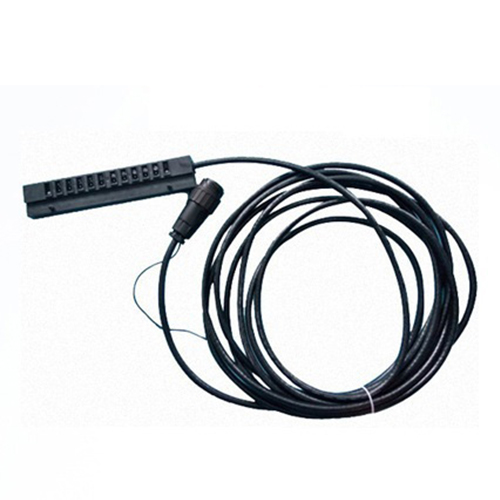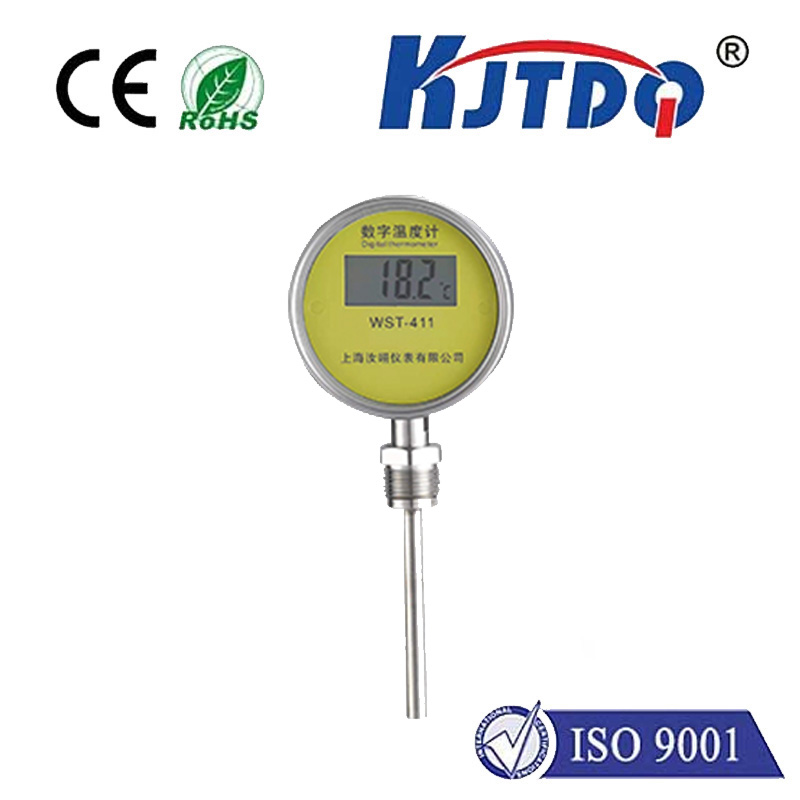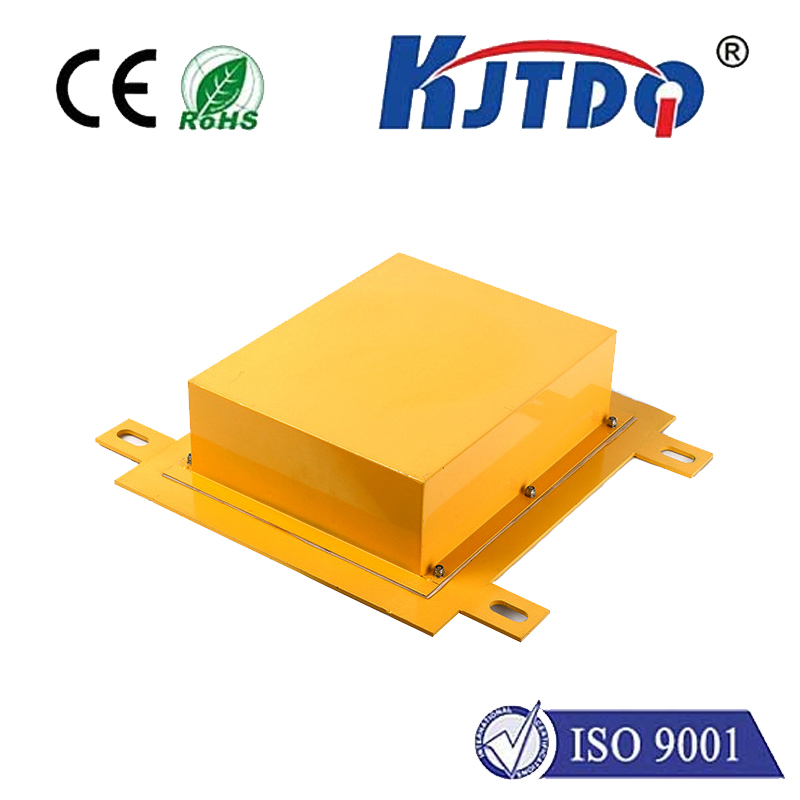metal inductive sensor
- time:2025-07-14 14:39:13
- Нажмите:0
Metal Inductive Sensors: The Invisible Guardians of Industrial Automation
Introduction: The Silent Workhorses Powering Modern Industry
Imagine a world where machines couldn’t “see” or “feel” the metal components essential to their operation. Production lines would grind to a halt, robotic arms would fumble blindly, and critical safety systems would fail. This is the world without metal inductive sensors. These unassuming electronic components are the invisible guardians of countless automated processes, providing reliable, non-contact detection that keeps factories humming, vehicles assembling, and equipment safe. Understanding their operation, benefits, and diverse applications reveals why they are a cornerstone of modern industrial design.
Unveiling the Core Principle: How Metal Inductive Sensors Work
At the heart of every metal inductive sensor lies a fundamental principle: electromagnetic induction. Here’s a breakdown of the magic happening inside:
- Generating the Field: The sensor contains an oscillator circuit that generates a high-frequency alternating current. This current flows through a coil, creating a rapidly changing magnetic field that radiates outward from the active face of the sensor.
- The Eddy Current Effect: When a ferrous (iron-based) or non-ferrous (like aluminum, brass, copper) metal object enters this magnetic field, it disrupts it. Specifically, the changing field induces small circulating electrical currents within the metal target itself – known as eddy currents.
- Detecting the Disturbance: These eddy currents draw energy from the sensor’s oscillating field. This energy loss causes a measurable change within the sensor’s circuitry – either a reduction in the oscillator’s amplitude or a shift in its frequency.
- Triggering the Output: The sensor’s integrated electronics continuously monitor this internal change. When the disturbance exceeds a predefined threshold (indicating the target is within the specified sensing range), the sensor’s solid-state output switch is activated. This typically means switching either an НС or ПНП transistor output on or off, sending a clear signal to the connected controller (like a PLC - Programmable Logic Controller).
Key Advantages: Why Choose Inductive Sensing?
The widespread adoption of inductive proximity sensors isn’t accidental. They offer a compelling set of benefits for industrial environments:
- Non-Contact Operation: The sensor never physically touches the target. This eliminates mechanical wear and tear, significantly extending the sensor’s lifespan and reducing costly downtime for maintenance or replacement. This is arguably their most significant advantage.
- High Reliability & Long Life: With no moving parts to fail, and robust designs engineered for harsh conditions, these sensors deliver exceptional operational reliability over millions of switching cycles. They thrive in environments where mechanical switches would quickly succumb.
- High Switching Speed: Capable of detecting targets and switching outputs at very high frequencies (often tens of thousands of times per second), they are perfect for high-speed production lines and applications requiring rapid response times.
- Robustness: Designed for the rigors of industry, most metal inductive sensors feature:
- Resistance to Dirt, Dust & Liquids:ВысокийIP ratings (Ingress Protection - e.g., IP67, IP68, IP69K) ensure reliable operation in messy or washdown environments.
- Shock and Vibration Resistance: Withstand the constant pounding and shaking common on factory floors.
- Resistance to Common Chemicals: Often feature housings and seals resistant to oils, coolants, and cleaning agents.
- Insensitivity to Surface Conditions: Unlike optical sensors, they aren’t fooled by dust, fog, dirt accumulation on the lens, or the color, surface finish, or reflectivity of the target metal itself. They reliably detect targets even when covered in grime.
- Cost-Effectiveness: Relatively inexpensive, especially when considering their long service life and minimal maintenance requirements.
The Building Blocks: Core Components
While the core principle is elegant, achieving reliable performance requires specific components:
- Ferrite Core: Focuses and shapes the magnetic field emanating from the coil, enhancing sensitivity and defining the sensing range.
- Oscillator Coil: Generates the high-frequency electromagnetic field.
- Demodulator/Detector Circuit: Monitors the changes in the oscillator’s state (amplitude or frequency) caused by the presence of a metal target.
- Output Amplifier & Switching Element: Takes the signal from the detector, amplifies it, and switches the final output stage (NPN or PNP transistor).
- Housing & Sensing Face: Provides robust mechanical protection and environmental sealing (achieving those vital IP ratings). The sensing face material (often a specialized plastic like PBT or PPS) allows the magnetic field to pass through while protecting the internal components.
Sensing Range: More Than Just Distance
The nominal sensing range (Sn) is a critical specification – the theoretical distance at which a standard target (usually a square of mild steel with side length equal to the sensor face diameter or the sensor’s diameter) will be reliably detected. Key points include:
- Reduction Factors: Real-world sensing range depends heavily on the target material. Ferrous metals (steel, iron) achieve the full Sn. Non-ferrous metals like aluminum or copper induce weaker eddy currents, leading to a reduced sensing range, often 40-60% of Sn. Stainless steel typically falls between ferrous and non-ferrous performance. Always consult the sensor’s datasheet for specific reduction factors.
- Target Size & Shape: Smaller or thinner targets, or targets that don’t adequately cover the sensing face, may also reduce the effective sensing range.
- Installation Considerations: Mounting the sensor flush in metal (as per manufacturer guidelines) minimizes side effects from surrounding metal. Non-flush mounting can slightly increase the sensing range but requires careful consideration to avoid interference.
Ubiquitous Applications: Where Metal Inductive Sensors Shine
The reliability and robustness of these sensors make them indispensable across a vast array of industries:
- Machine Automation: Detecting position of cylinders (piston rods), end stops, tool changers, workpieces on pallets, conveyors, and rotary tables. Fundamental for position feedback.
- Перевозка материалов: Monitoring presence of pallets, boxes (if metal components are present), metal rollers, lift positions, and automated guided vehicles (AGVs).
- Packaging Machinery: Counting metal cans, bottles with metal caps, detecting position of fillers, cappers, and labelers.
- Automotive Manufacturing: Abundant use in robotic assembly lines for part presence verification, weld tip dressing detection, fixture clamping confirmation, and positioning along body-in-white processes.
- Metalworking: Detecting metal sheets in feeders, tool breakage detection (using specialized sensors), spindle position, and part presence in CNC machining centers, stamping presses, and saws.
- Level Detection: Monitoring levels of metal powders, pellets, or liquids within metal tanks (using sensors mounted externally).
- Safety Systems: Used as part of safety interlocks on guards or doors, confirming machinery is in a safe state before operation.
Choosing the Right Sensor: Key Considerations
Selecting the optimal metal inductive sensor requires careful evaluation:
- Target Material & Size: What metal are you detecting? What is its size and shape? This directly impacts sensor size choice and needed sensing range.
- Required Sensing Range (Sn): Calculate the needed distance considering the target material’s reduction factor. Add a safety margin.
- Output Type: Does your controller require a PNP (sourcing) or NPN (sinking) output? Don’t guess – match the sensor to your PLC input card.
- Electrical Connection: Barrel style (M8, M12, M18, M30) with flying leads or connector? Or rectangular block style? Choose based on installation space and wiring preferences.
- **
